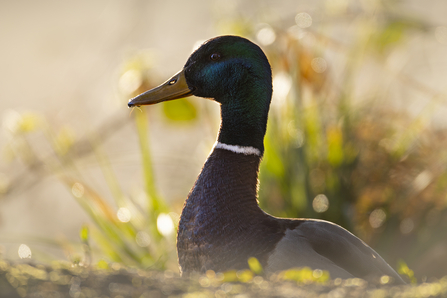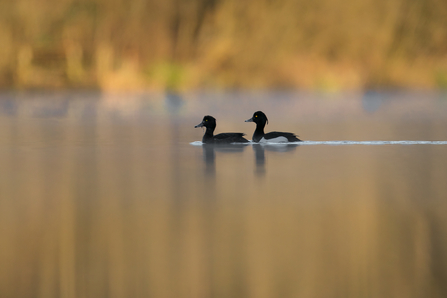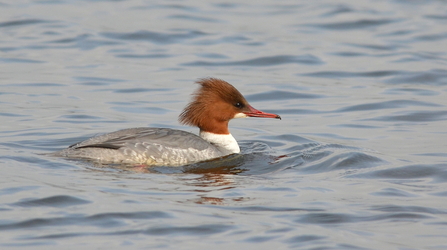If you think you know ducks, get ready to think again!
The Mallard is your classic duck, it belongs to a group known as the dabbling ducks. You can find dabbling ducks in freshwater lakes, rivers and ponds. 'Dabbling’ is when the ducks poke their bills just below the surface to feed on weeds, insects, and seeds. If you’re looking for another dabbling duck species to get excited about, might I suggest the Pintail? The Pintail duck is one of the UK’s classiest duck species (personal opinion). Pintails sport dove-grey plumage, a chocolate brown head and an extra-long tail.





